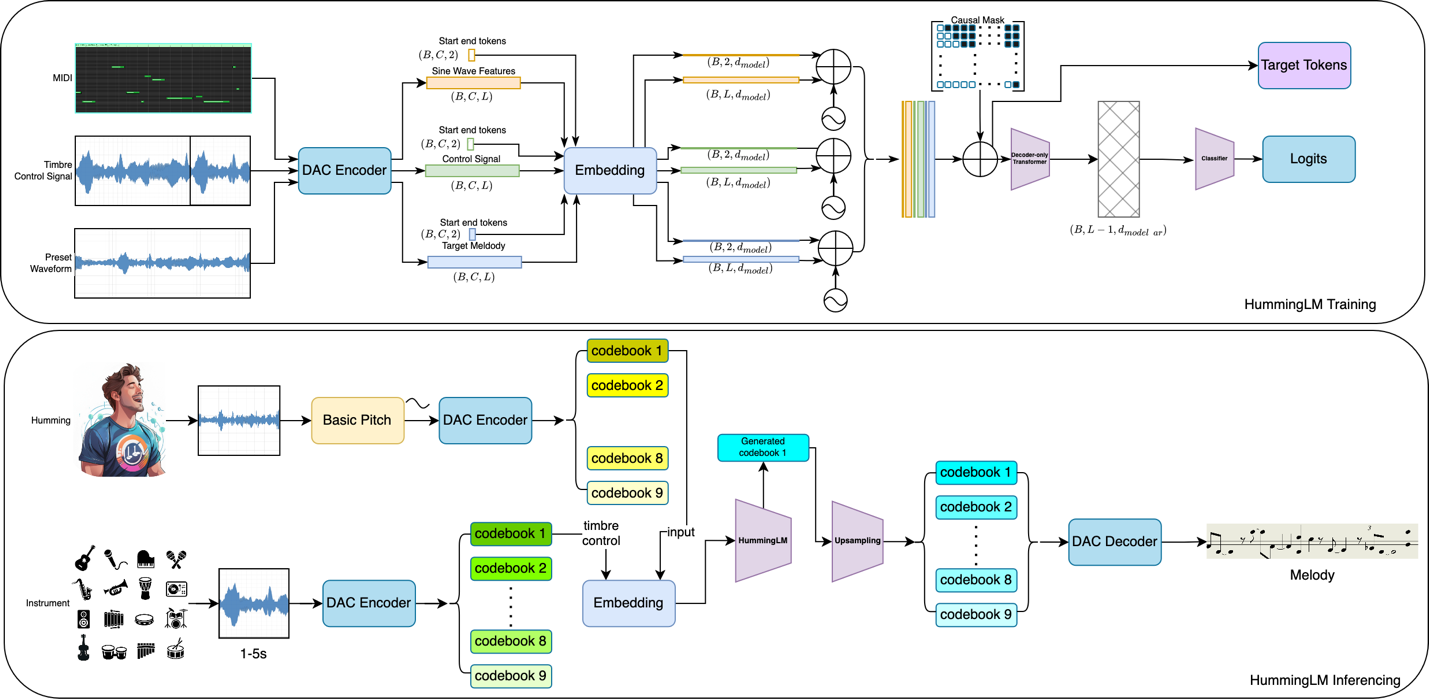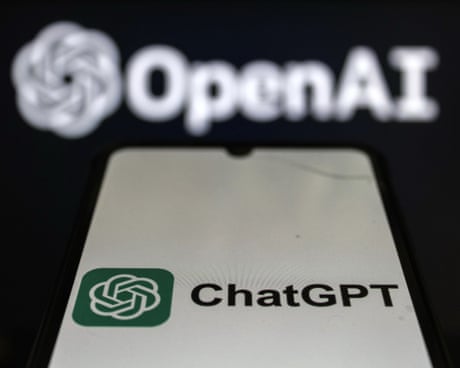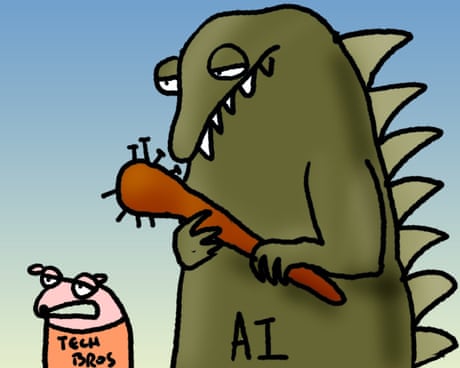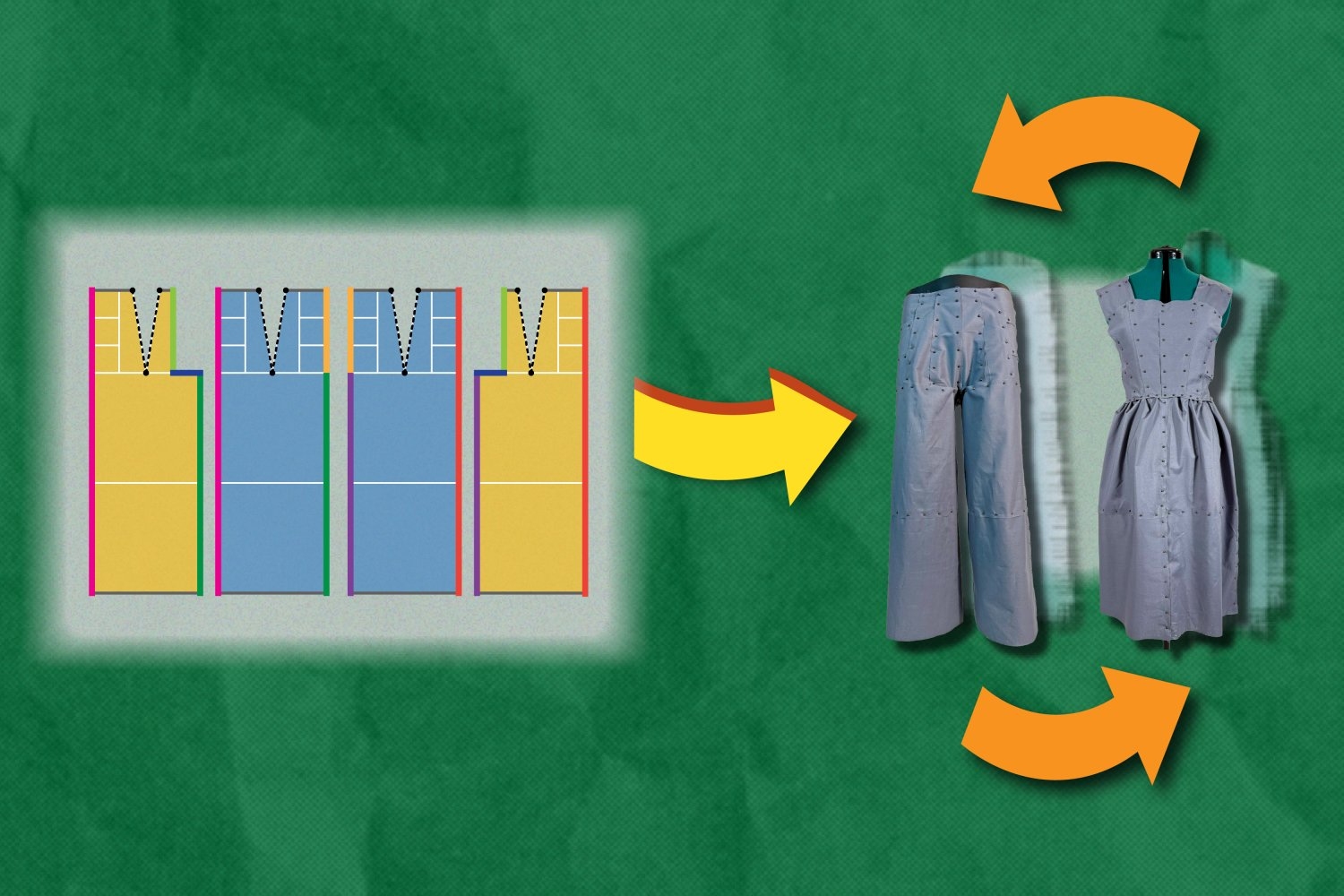Alpha School San Francisco, a private school, claims students can learn twice as fast with AI assistance. Experts caution not all students may benefit from the AI boom in education.
Meta introduces measures allowing parents to block their children from chatting with AI characters amid concerns over inappropriate conversations. New safeguards for under-18 users will enable parents to disable interactions with chatbots on Facebook, Instagram, and the Meta AI app.
Generative AI transforms music creation, as Splash Music collaborates with AWS to develop HummingLM, a cutting-edge model enabling users to create studio-quality tracks effortlessly. Splash Music overcomes challenges in model complexity, industry pace, and infrastructure scaling to revolutionize music production.
'Demand flexibility policy could ease strain on grid caused by AI datacenters, lower power bills, prevent blackouts, and help climate by rewarding customers for using less power or selling excess energy from solar panels.'
Jason Clare warns AI is intensifying bullying, leading to alarming consequences for children. The Australian government is deeply troubled by AI chatbots promoting self-harm.
Rainforest Reserves Australia under scrutiny for citing non-existent entities and a windfarm in misleading submissions. Experts label claims as "absurd" and "100% misleading."
The National Republican Senatorial Committee released a dystopian attack ad featuring a deepfake video of Chuck Schumer. The AI-generated Schumer robotically repeats a phrase about the government shutdown, with a small disclaimer acknowledging its artificial origins.
Principal Financial Group modernized their customer call experience using Genesys, Amazon Lex, and Amazon QuickSight. Automation solutions accelerated development efforts by 50%, enhancing deployment reliability and maximizing efficiency.
Video app creates realistic deepfakes of Marx and MLK Jr. Some question use of 'historical figures' for legal testing. Night out with Henry VIII, DJing with Princess Diana, and shopping with Karl Marx in engaging scenarios.
Kernel ridge regression (KRR) predicts values using a kernel function and ridge technique. RBF is a common kernel function in KRR models, with various training techniques available.
OpenAI's Chris Lehane declares AI models will be in Australia despite copyright disputes with Tech Council of Australia at SXSW Sydney. ChatGPT's chief global affairs officer discusses geopolitics of AI and Australia's tech future at the event.
TP ICAP's Innovation Lab used Amazon Bedrock to create ClientIQ, an AI-powered CRM assistant that quickly extracts insights from meeting notes, revolutionizing data accessibility and enhancing business value. ClientIQ allows users to interact with Salesforce data through natural language queries, refining searches, applying filters, and accessing original records, all in a conversational interf...
Actors like Olivia Williams seek control over AI body scans amid industry uncertainty. Cast and crew worry about data usage and future roles as AI technology advances.
AI offers new material for complaints. Stay updated on First Dog cartoons and shop for merchandise at the First Dog store.
MIT and Adobe's Refashion software aims to reduce textile waste by allowing users to design reconfigurable clothing items, adapting to trends and body changes. The tool breaks down fashion design into modules, enabling easy customization and prototyping of versatile garments in just 30 minutes.















